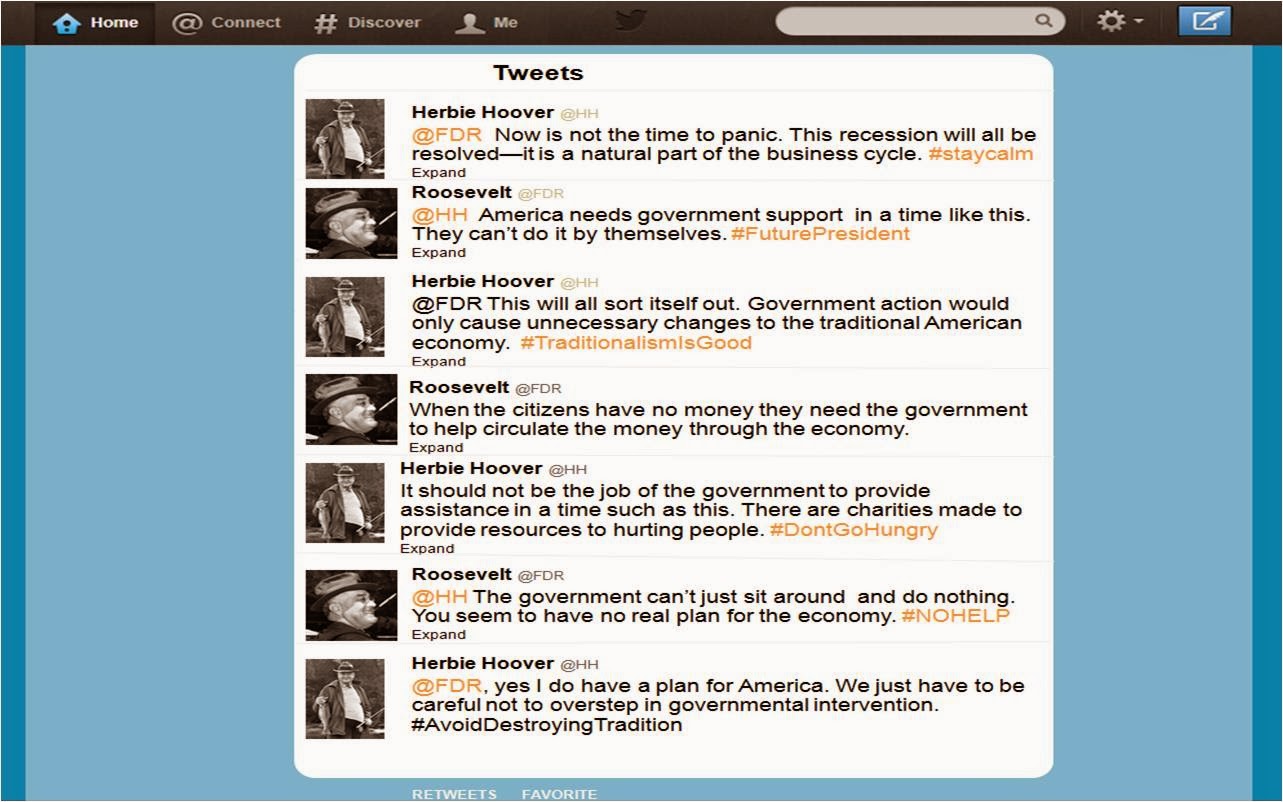As History teachers are well aware, September 17 is designated
as Constitution Day. This became a day
of federal observance in 2004 following passage of a clause proposed by Senator
Robert Byrd to commemorate the signing of the United States Constitution. Senator
Byrd envisioned this as an opportunity for all Americans to learn more about
our founding document. Additionally, this clause requires all schools that
receive federal funding to teach about the Constitution.
 The Constitution is a regular topic
within our classes. However, federal mandate dictates that we offer further
instruction on this document on September 17. I have heard teachers bemoan the
fact that they must take a day out of their regular instruction to teach the
Constitution or complain that this is a way to indoctrinate our young to
certain political beliefs. These isolated complaints aside, most teachers I
know are supportive of this day and use this break from their regular
instruction in a productive manner to help students better understand and
recognize the significance of our founding document and resulting system of government.
The Constitution is a regular topic
within our classes. However, federal mandate dictates that we offer further
instruction on this document on September 17. I have heard teachers bemoan the
fact that they must take a day out of their regular instruction to teach the
Constitution or complain that this is a way to indoctrinate our young to
certain political beliefs. These isolated complaints aside, most teachers I
know are supportive of this day and use this break from their regular
instruction in a productive manner to help students better understand and
recognize the significance of our founding document and resulting system of government.
This day offers teachers and their students another opportunity
to explore this amazing document. I know I am preaching to the choir, but it is
amazing that the Founding Fathers were able to construct a framework that was
(and still is) acceptable to the diverse wants and needs of our nation. This
document is exceptional for the way it pulled the early American states
together, giving the people and the states a voice in the federal government,
but I think it is even more astonishing that the Founders were able to craft a
document that has been able to adapt to a changing world. Over the last 228
years this framework has allowed our nation to deal with expansion, division, oppression,
innovation, war, crises, and much more.
 Constitution Day offers us a great opportunity to expose our
students to the wonder of our founding. I encourage all teachers to seize this
chance to allow your students to explore the Constitution (what a great
opportunity to integrate a primary source!) and to allow them to see why this
document has endured through the years and become a model for the world. Below
are a few of the thousands of resources available for teachers and students to
use on Constitution Day:
Constitution Day offers us a great opportunity to expose our
students to the wonder of our founding. I encourage all teachers to seize this
chance to allow your students to explore the Constitution (what a great
opportunity to integrate a primary source!) and to allow them to see why this
document has endured through the years and become a model for the world. Below
are a few of the thousands of resources available for teachers and students to
use on Constitution Day:- National Constitution Center - includes an interactive Constitution, Constitution Hall Pass videos, Constitution Day Live Blog (answering questions about the Constitution), lesson plans, Preamble kit, Which Founder are You Quiz, naturalization test, and more
- National Archives - includes information, activities, a teaching unit, and more
- Discovery Education - includes live events, lessons, and resources
- iCivics - includes a number of great activities, lessons, and games
- TCI Lesson Plan (History Alive!)
- Civics Renewal Network - includes lessons, activities, games, and the Preamble Challenge










